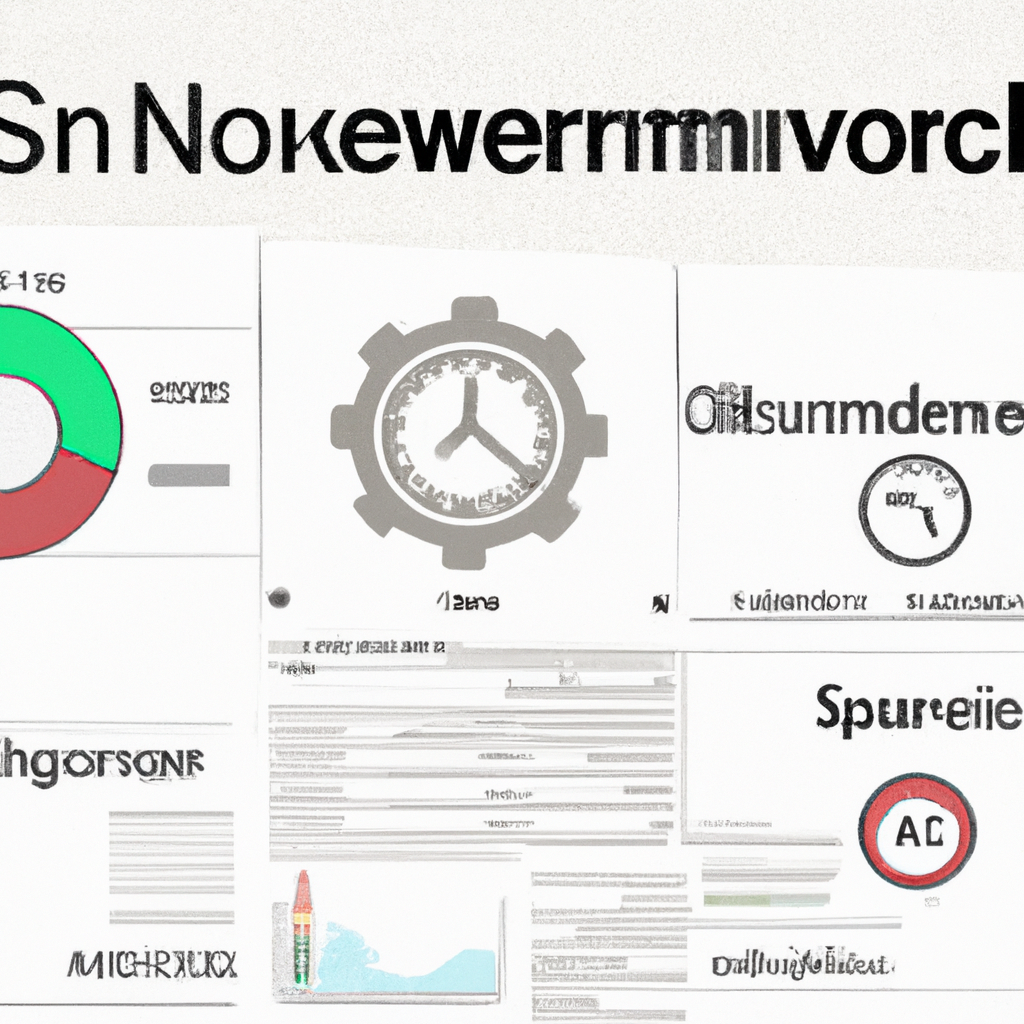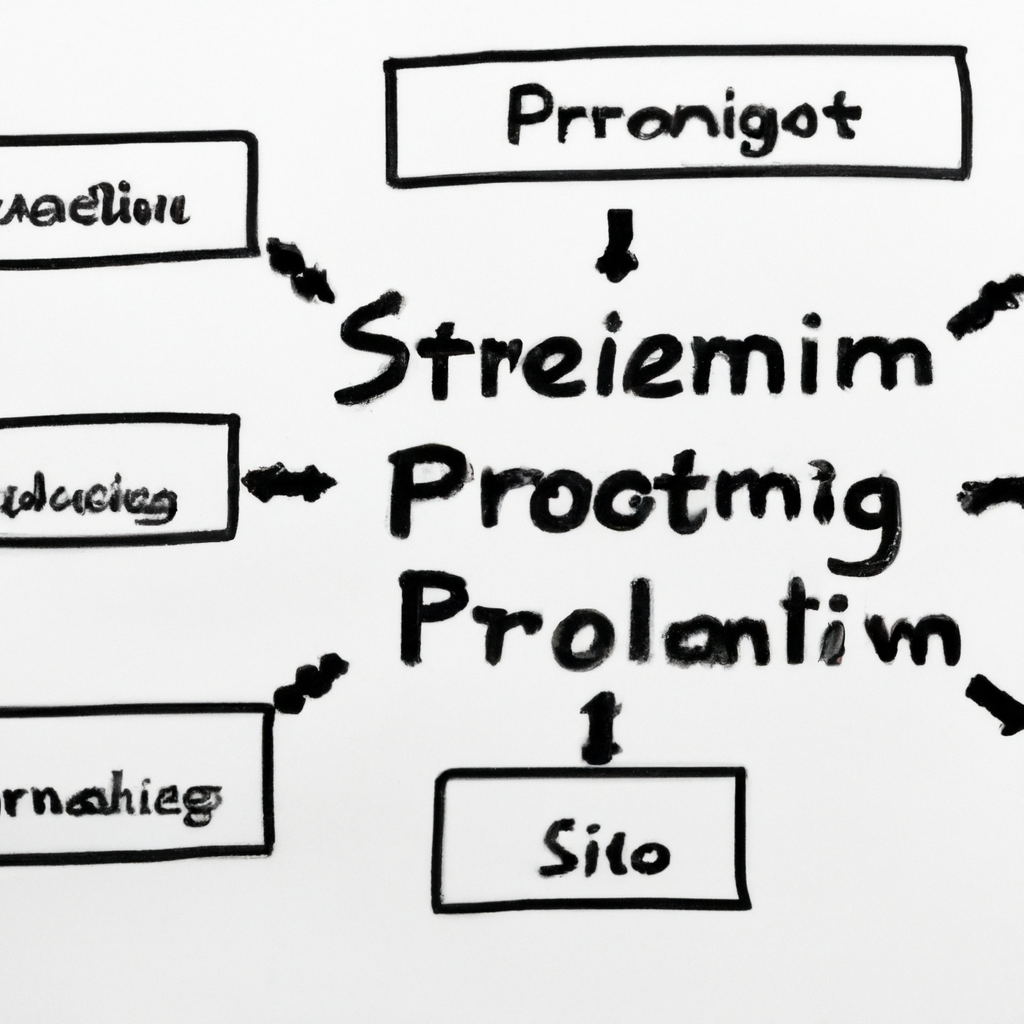In today's fast-paced business environment, organizations are constantly seeking ways to maximize efficiency, visibility, and strategic decision-making. One powerful tool that is revolutionizing the way businesses manage their portfolios is ServiceNow Strategic Portfolio Management (SPM). In this article, we will delve into the benefits of using ServiceNow for Strategic Portfolio Management, also known as ServiceNow SPM, and explore how it can unlock the power of ServiceNow Project Portfolio Management (PPM) for strategic decision-making. By streamlining project prioritization and resource allocation, ServiceNow SPM is helping businesses achieve their goals and drive success in a competitive market. Join us as we uncover the key features and advantages of ServiceNow SPM in maximizing efficiency and visibility for your organization.
1. "Maximizing Efficiency and Visibility with ServiceNow Strategic Portfolio Management (SPM)"

ServiceNow Strategic Portfolio Management (SPM) is a powerful tool that can help organizations maximize efficiency and visibility in their project portfolios. By utilizing ServiceNow SPM, businesses can streamline their project management processes, prioritize projects based on strategic goals, and gain real-time visibility into project statuses and performance.
One key benefit of using ServiceNow SPM is the ability to centralize project data and resources in one platform. This allows teams to easily track and manage projects, allocate resources effectively, and make data-driven decisions. With ServiceNow SPM, organizations can ensure that projects align with their strategic objectives and that resources are allocated in a way that maximizes ROI.
Additionally, ServiceNow SPM provides advanced reporting and analytics capabilities, allowing organizations to track key performance indicators, monitor project progress, and identify areas for improvement. By leveraging these insights, businesses can make informed decisions, mitigate risks, and optimize project outcomes.
Overall, ServiceNow Strategic Portfolio Management offers a comprehensive solution for organizations looking to improve project efficiency and visibility. By centralizing project data, prioritizing projects strategically, and utilizing advanced reporting tools, businesses can achieve greater success in their project portfolios.
2. "Unlocking the Power of ServiceNow PPM for Strategic Decision-Making"

ServiceNow Strategic Portfolio Management (SPM) is a powerful tool that can greatly enhance strategic decision-making within an organization. By utilizing ServiceNow PPM capabilities, businesses can effectively manage their project portfolios, prioritize initiatives, and align resources with strategic goals.
One of the key benefits of using ServiceNow for Strategic Portfolio Management is the ability to unlock valuable insights from data. With ServiceNow's robust reporting and analytics features, organizations can gain a comprehensive view of their project portfolios, track key performance indicators, and identify areas for improvement. This data-driven approach enables leaders to make informed decisions, optimize resource allocation, and drive business growth.
Furthermore, ServiceNow SPM provides a centralized platform for collaboration and communication among stakeholders. By streamlining project planning, tracking, and execution processes, teams can work more efficiently, reduce duplication of efforts, and ensure alignment with strategic objectives. This level of transparency and accountability fosters a culture of continuous improvement and innovation within the organization.
Overall, leveraging ServiceNow for Strategic Portfolio Management can help businesses achieve greater agility, adaptability, and competitiveness in today's fast-paced market landscape. By maximizing the capabilities of ServiceNow PPM, organizations can make smarter decisions, drive successful outcomes, and ultimately achieve their strategic goals.
3. "Streamlining Project Prioritization and Resource Allocation with ServiceNow Strategic Portfolio Management"

One of the key benefits of using ServiceNow Strategic Portfolio Management (SPM) is the ability to streamline project prioritization and resource allocation. With ServiceNow SPM, organizations can easily assess the strategic alignment of their projects and make informed decisions about where to allocate resources for maximum impact.
By using ServiceNow SPM, project managers can easily prioritize projects based on factors such as strategic importance, financial impact, and resource availability. This helps ensure that the most critical projects are given the attention and resources they need to succeed, while less important projects are either deprioritized or discontinued altogether.
Furthermore, ServiceNow SPM provides real-time visibility into resource availability and utilization, allowing organizations to make more informed decisions about resource allocation. By having a clear understanding of resource capacities and constraints, organizations can avoid overloading teams and ensure that projects are adequately staffed for success.
Overall, ServiceNow Strategic Portfolio Management enables organizations to make more strategic decisions about project prioritization and resource allocation, leading to improved project outcomes and overall business success. By leveraging the capabilities of ServiceNow SPM, organizations can optimize their project portfolios and drive greater value from their investments in project management.



























